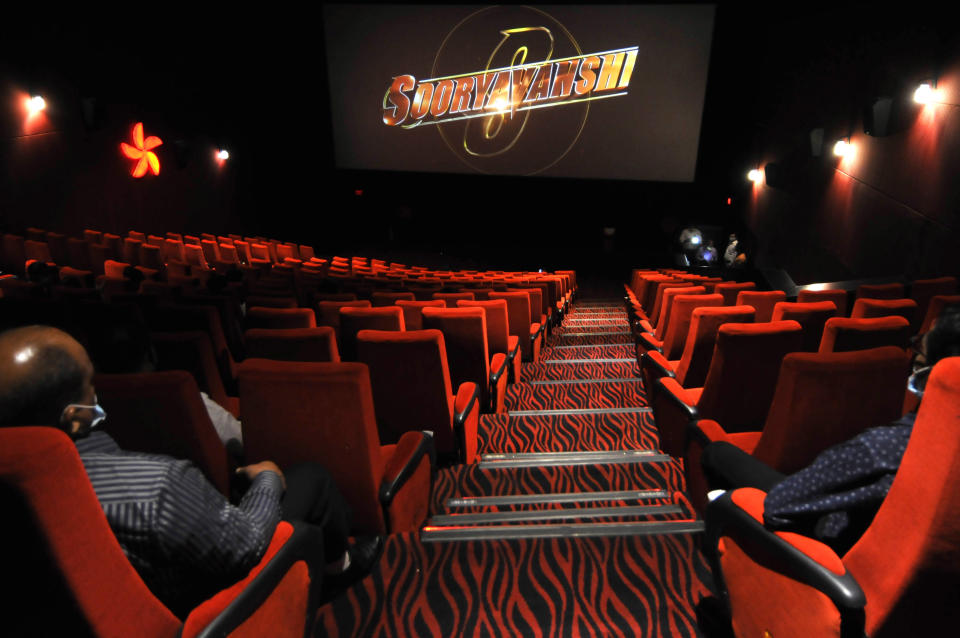Can multiplexes recover lost ground in a post-pandemic world?

After seven-long months, multiplexes in India have finally reopened to a slow trickle of cine goers. With the pandemic still raging and instilling fear in people, it seems unlikely that footfalls would increase anytime soon.
This has already cast serious doubts on the ability of the multiplex business to rebound. Given the high operating costs, some may even have to shutter temporarily once again.
But look closer, and you’ll realise the pandemic is just a catalyst. The root of the problem runs much deeper.
Come to think of it, COVID-19 is not the only worry dogging multiplexes in India.
Well before the onslaught of the deadly virus, proliferating streaming platforms, high speed broadband and cheaper, cutting-edge smart TVs were already challenging the multiplex experience.
With the latest movies available on OTT platforms within a month or two of their release, more and more were choosing to watch those within the comfort of their own homes with friends and family.
The lockdown simply served to deepen that trend.
As multiplexes and theatres shut down and releases halted, producers staring at humungous losses decided to go for direct-to-digital releases ignoring all pleas of the Multiplex Association of India to stick to the 60-day gap between theatrical and OTT releases.
Amazon Prime Video was the first one to release a major movie – Gulabo Sitabo of Soojit Sircar – on 12 June after its 17 April release in theatres got stalled due to a nationwide lockdown. Soon enough, it announced more such releases including the biopic on Shakuntala Devi starring Vidya Balan.
Netflix and other platforms followed suit.
Thanks to them, latest releases could be accessed on a range of devices – smartphones, smart TVs and laptops – by millions cooped up inside their homes for months. This was a first for the entire nation and the people lapped it up.
And now that multiplexes are once again allowed to operate with 50 percent of their seating capacity under unlock 5.0, it seems the public are no longer interested in flocking to movie halls like before. They are used to the new normal; they prefer watching the latest releases at home on their laptops, smartphones or TVs with surround sound.
Given this shift in pattern in viewership thanks to the OTTs tremendous reach and of course the pandemic, it would take multiplexes a lot of effort to woo back cine goers once the virus is completely under control. Add to that the rising real estate costs, high entertainment tax and value added tax on food and beverages, and they could in fact struggle to survive with their profit margins shrinking.
Launched with much fanfare in India some two decades back, the state-of-the-art theatres showing multiple films under one roof became an instant hit regardless of the higher ticket costs. India’s growing urban middle class was more than willing to fork out extra for the experience, a far cry from the ones offered by the single screen stuffy, rickety halls.
INOX and PVR became household names in no time. They generated massive revenue for the world’s largest movie industry and provided employment to thousands.
But as is always the case, technology cannibalized itself. And this time it sounded the death knell for the multiplex with audiences swapping big screens for smartphones and smart TVs at home.

 Yahoo News
Yahoo News 